Commissioner
TOP STORY
Highway Safety
Press Release
Protecting Utah
Secure Your Load
The Problem: Road Debris is All Too Common
June 6th is Secure Your Load Day.
Utah Highway Patrol Troopers know the dangers presented by unsecured loads because they see the consequences of road debris every day. Calls for road debris are one of the most frequent calls to which they respond.
In fact, over the past 3 years, Troopers have logged time responding to road debris/hazards over 78,000 times. That’s an average of 71 times a day.
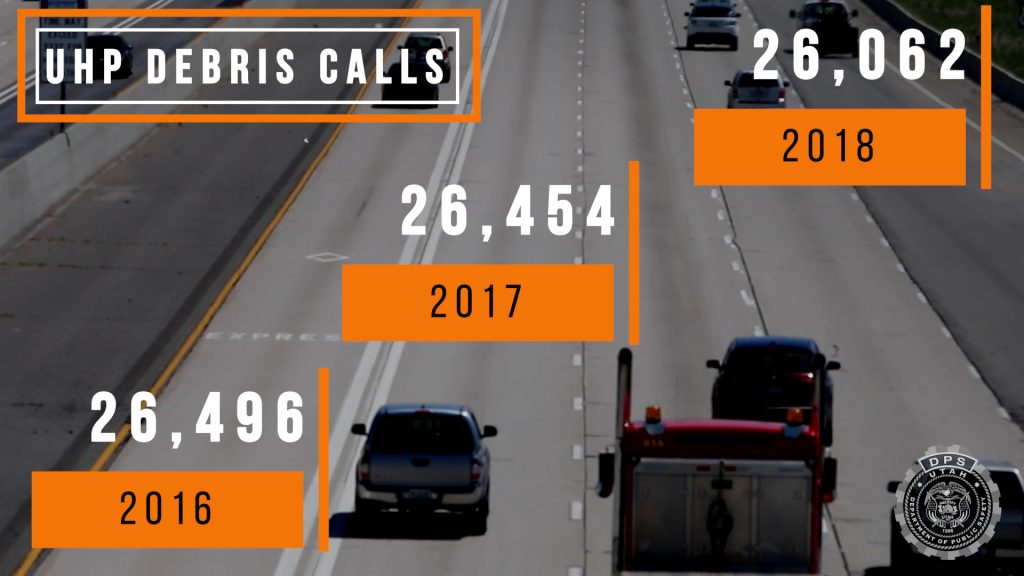
The Results: Crashes, Damage, Injuries and Fatalities
Troopers in Davis County recently responded to a crash involving road debris that came very close to seriously injuring and possibly killing a Layton woman as she drove north on I-15.
In the video above, Nicci Sanders shares her story and describes the moments before and after a large steel beam struck her vehicle and came through her windshield.
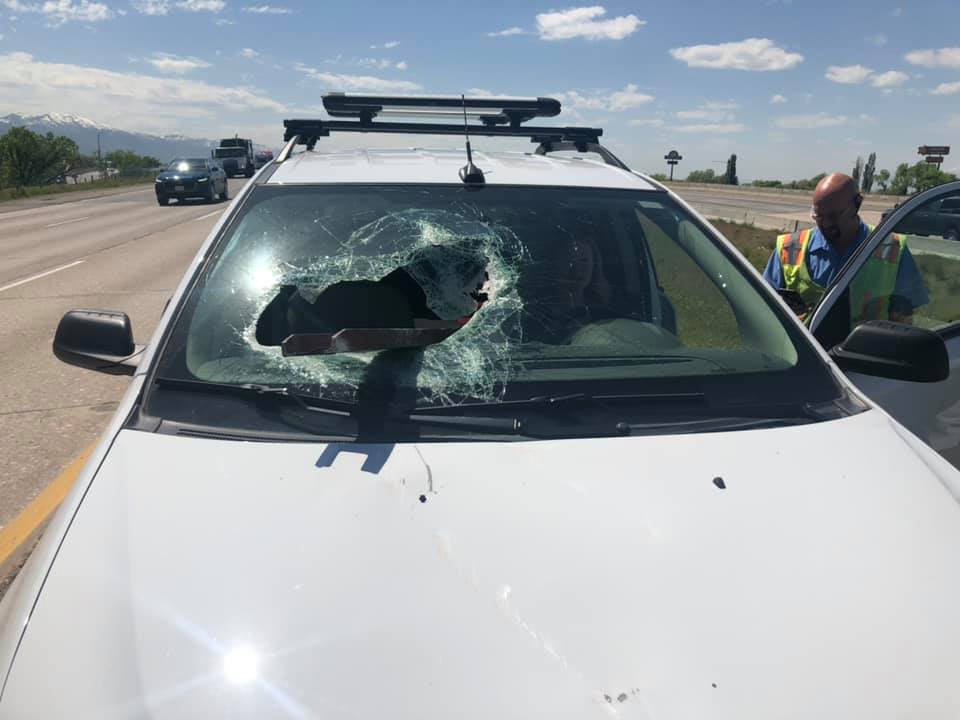
“I thought I was going to die. I just literally let go, that I’m going to die.”
Nicci Sanders

Fortunately, Nicci escaped serious injury. But that’s not always the case with road debris-related crashes. They usually always cause property damage and can change people’s lives with debilitating injuries and sometimes even cause death. Below are headlines from articles about fatal and serious injury debris-related crashes.

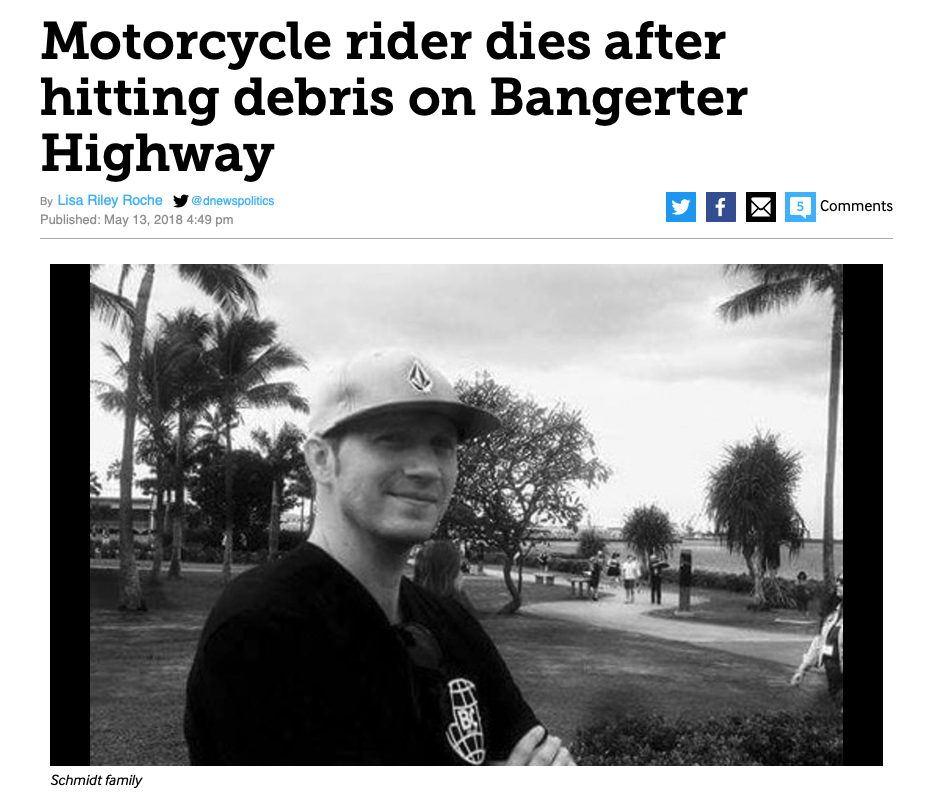
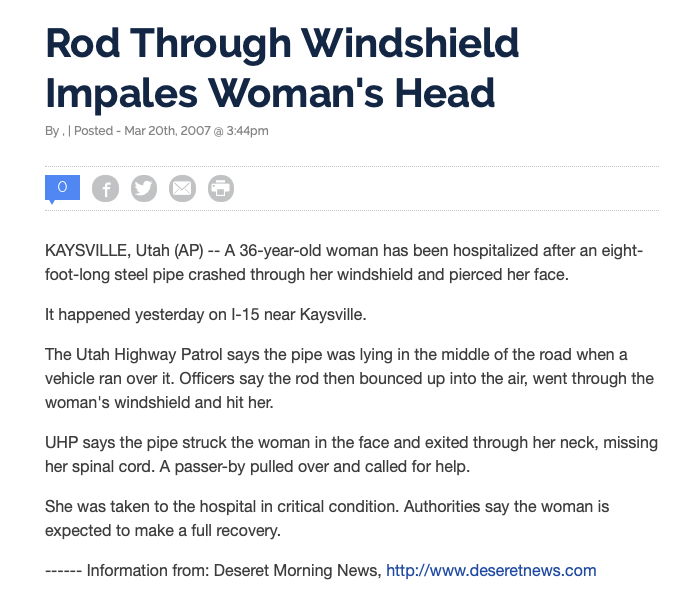

The Solution: What Drivers Can Do
To help drivers decrease their chances of being involved in a road debris crash, AAA recommends the following:
SECURE VEHICLE LOADS – When moving or towing items – even if you think you’re just going a short distance – it is important to make sure that all items are secured. As UHP Corporal Chris Jones said, “It’s your obligation to make sure that things in your car, STAY in your car. Don’t just do the minimum, because that’s not going to help anybody.”
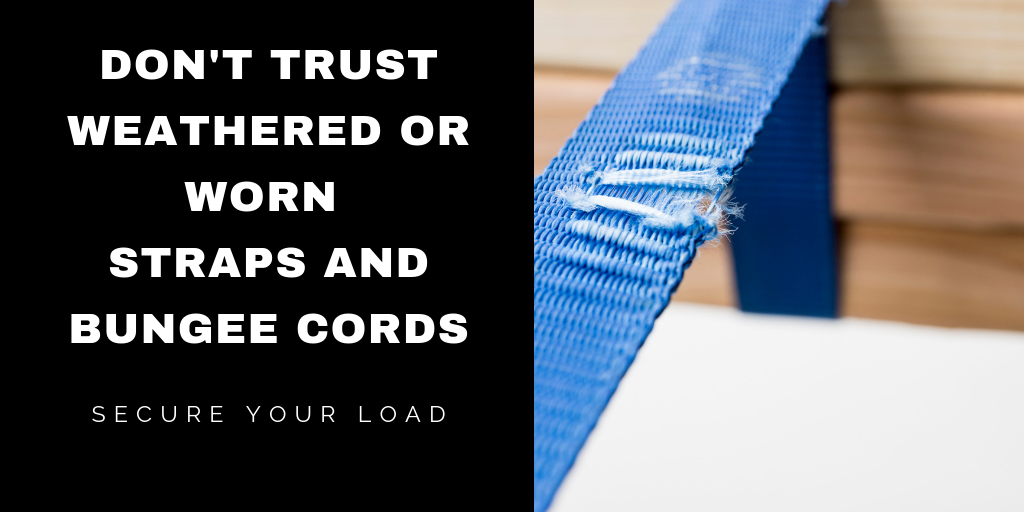
To properly secure a load, drivers should:
- Tie down load with rope, netting or straps
- Tie large objects directly to the vehicle or trailer
- Cover the entire load with a sturdy tarp or netting
- Don’t overload the vehicle
- Always double check load to make sure it is secure
- Don’t trust weathered or worn straps and bungee cords.
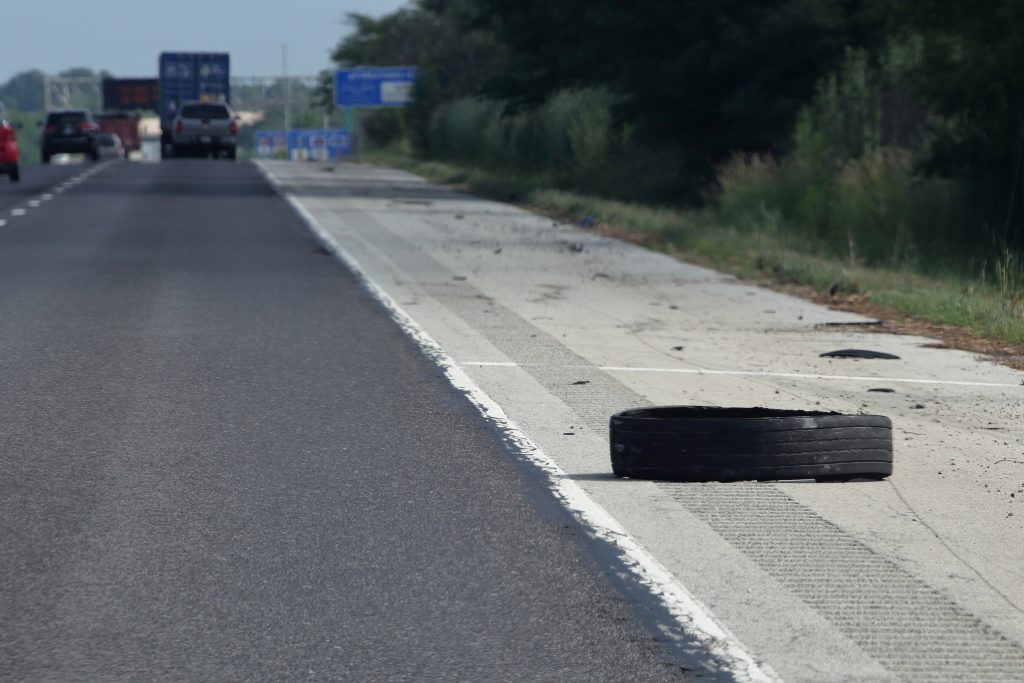
MAINTAIN YOUR VEHICLE – Badly worn or underinflated tires often suffer blowouts that can leave pieces of tire on the roadway. Exhaust systems and the hardware that attach to the vehicle can also rust and corrode, causing mufflers and other parts to drag and eventually break loose. Potential tire and exhaust system problems can easily be spotted by trained mechanics as part of the routine maintenance performed during every oil change.
Driving defensively can help avoid situations caused by unsecured loads. The Utah Highway Patrol recommends scanning ahead and not following too closely.
SCAN AHEAD 12-15 SECONDS AND MAINTAIN A SAFE FOLLOWING DISTANCE
Attaining 100% load securement rate remains our goal. However, since you can only control what you control, there are ways drivers can help mitigate their likelihood of becoming a statistic with regard to road debris caused by someone else not securing their load.
In order to be defensive and be prepared for an adverse situation that might present itself on the freeway the way debris would present itself, you need to be looking 12-15 seconds ahead of where you’re currently driving. Look well in advance down the roadway. That way you’ll be prepared to deal with the situation by the time your vehicle gets to that part of the roadway.
If you just stare at the taillights in front of you and follow too closely, you put yourself at a disadvantage in being able to react to scenarios where debris might be present and have a higher likelihood of being unable to safely avoid the debris.
You might not have the ability to react in all situations, such as Nicci Sanders’, where a beam is bouncing down the roadway. But if you can avoid getting the tunnel vision of just focusing on the tail lights in front of you, you can mitigate your risk, by giving yourself plenty of time to react.
We are grateful to Nicci Sanders for taking the time to share her experience and message with us and with the public.
Please, no matter what you’re carrying or towing, no matter how short of a trip you’re taking, make sure you properly secure your load: other people’s lives may depend on it.

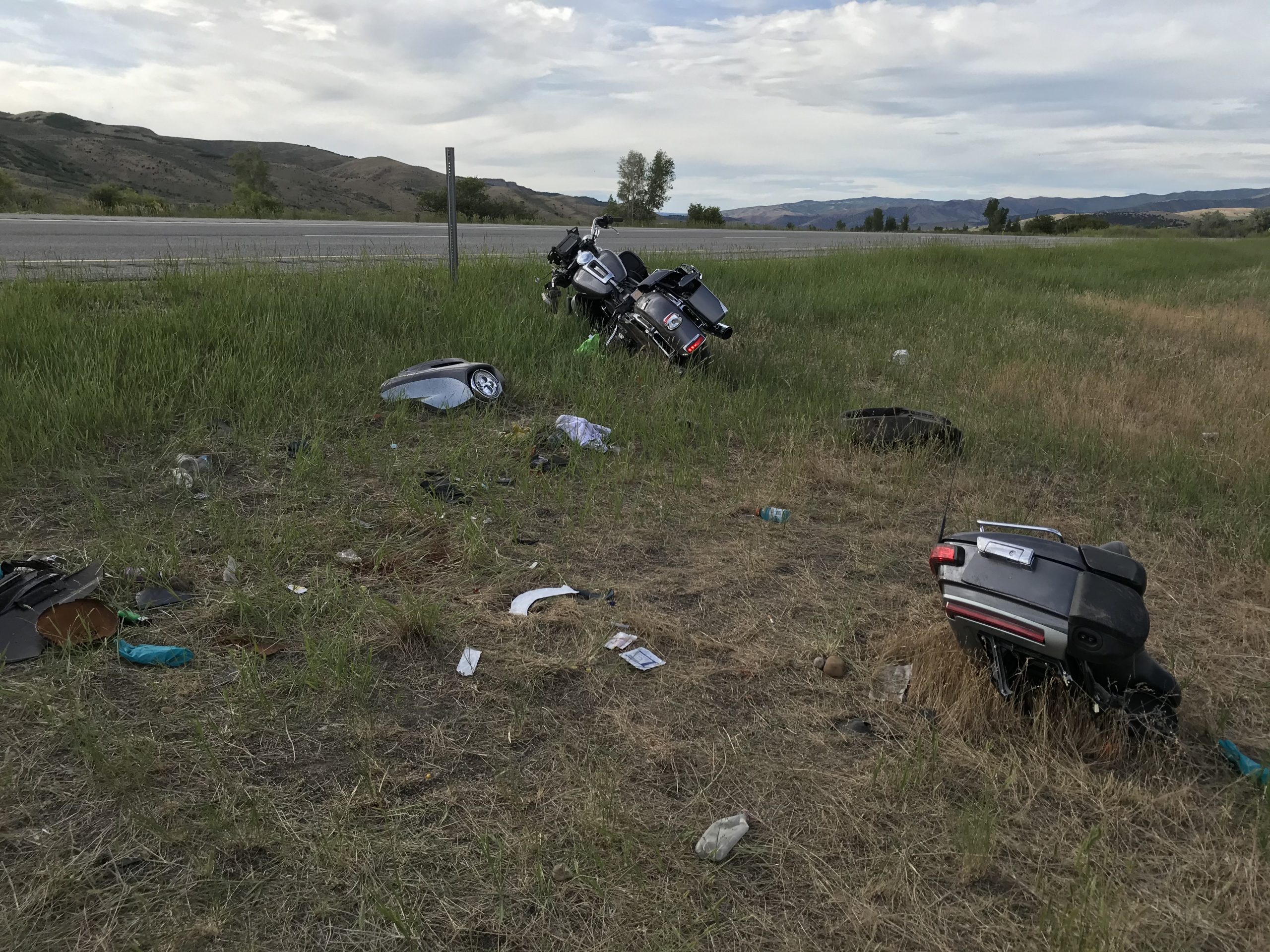
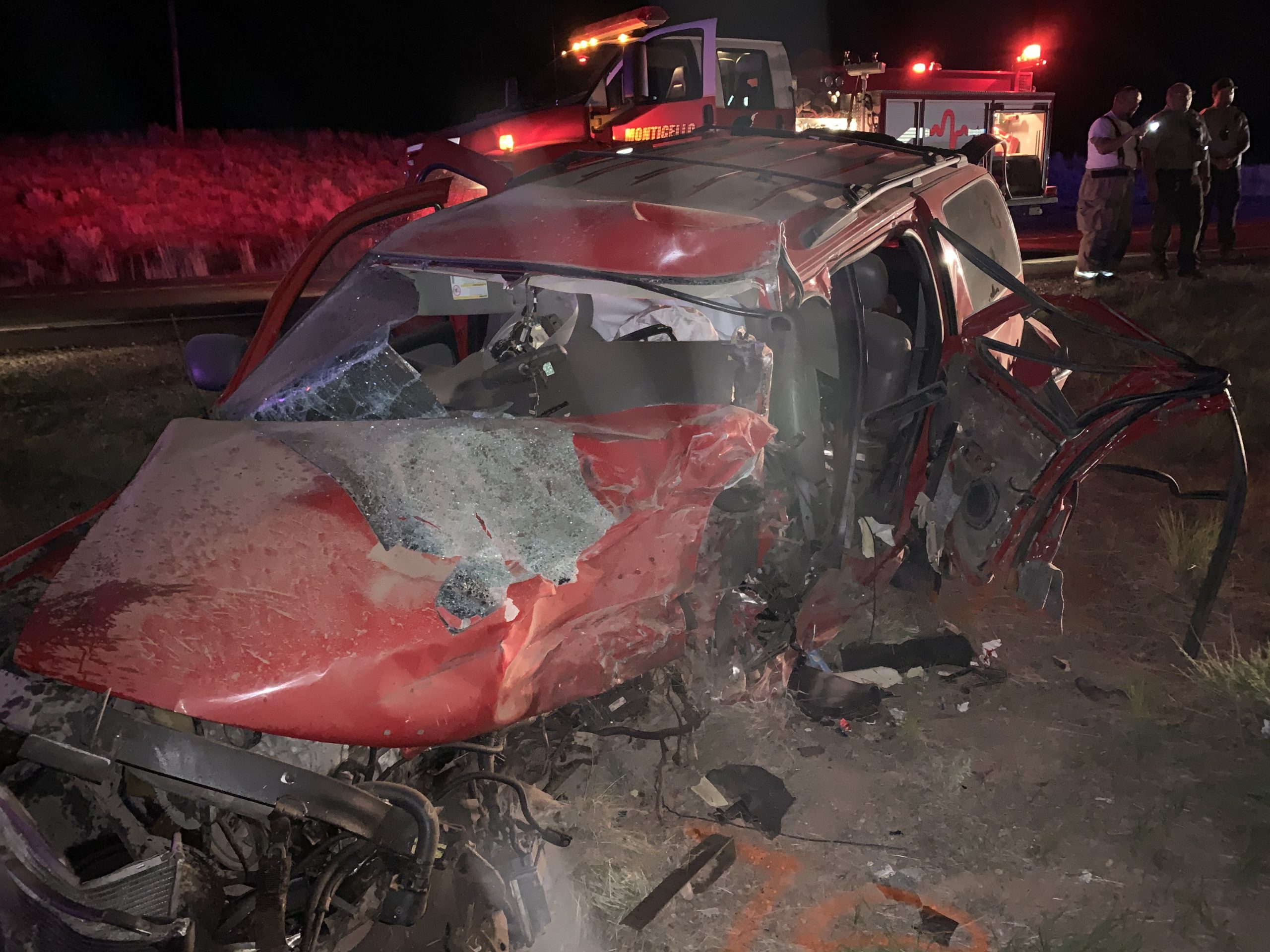

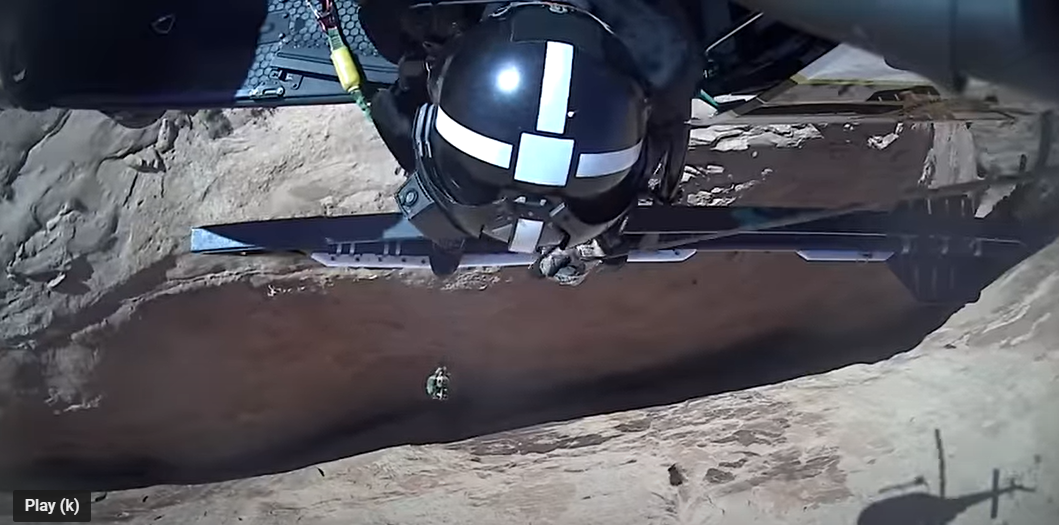
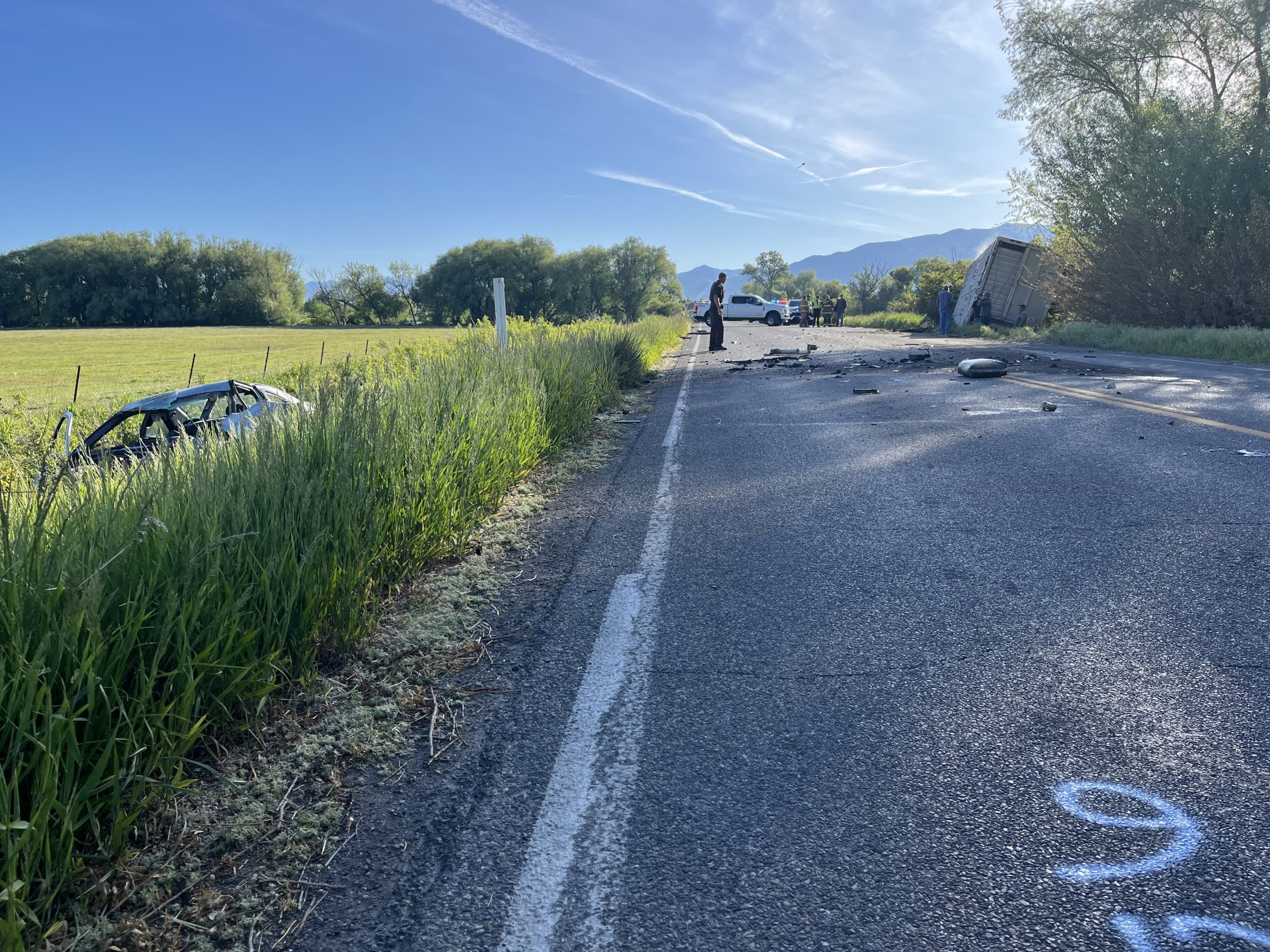

SHARE THIS STORY